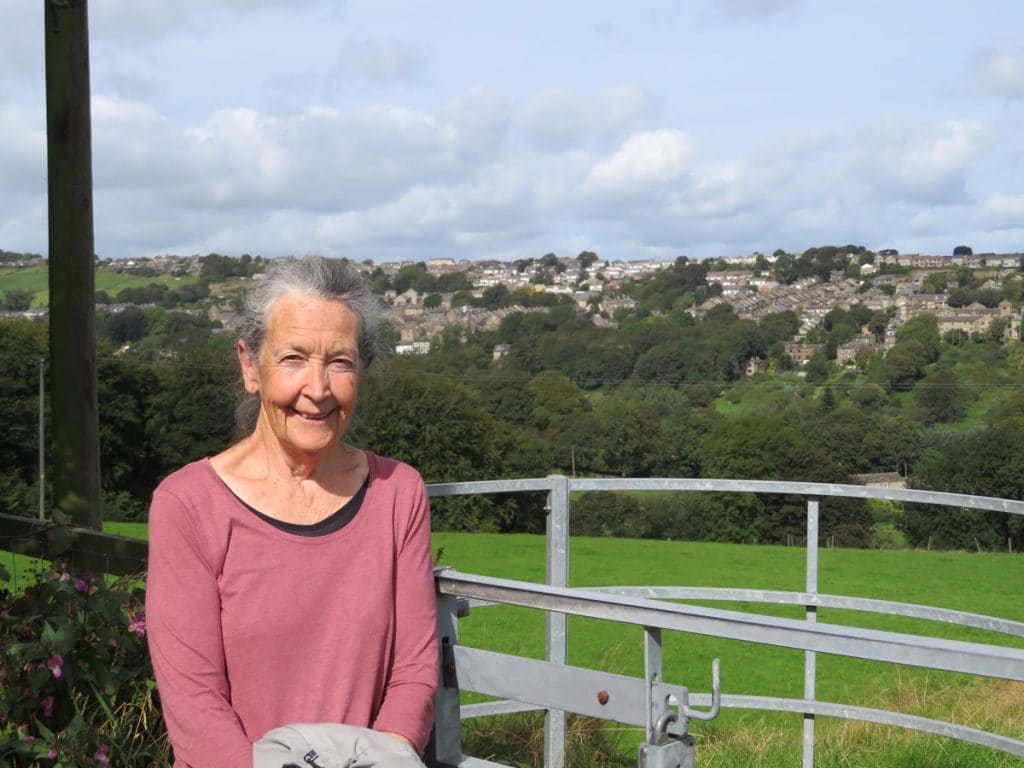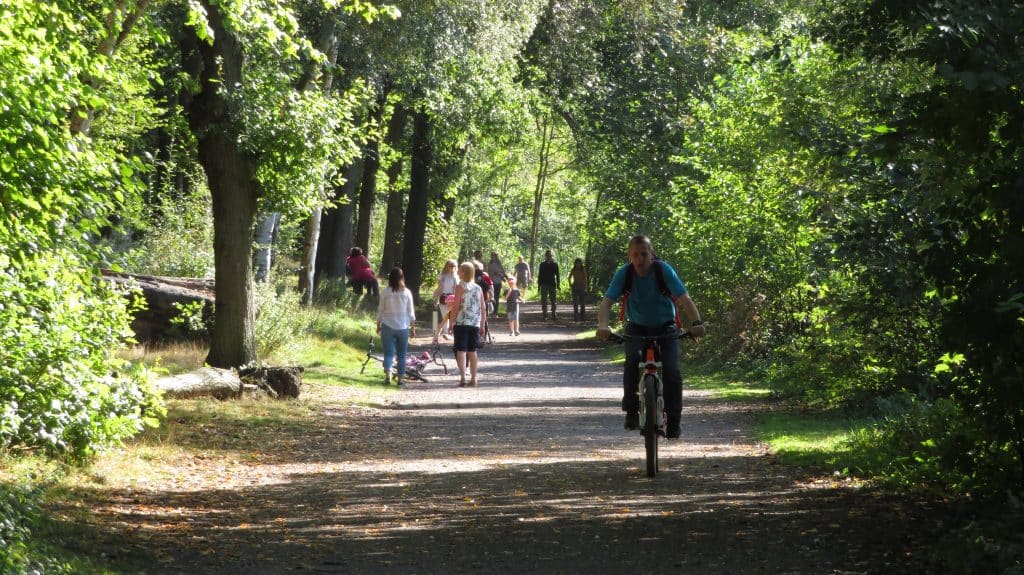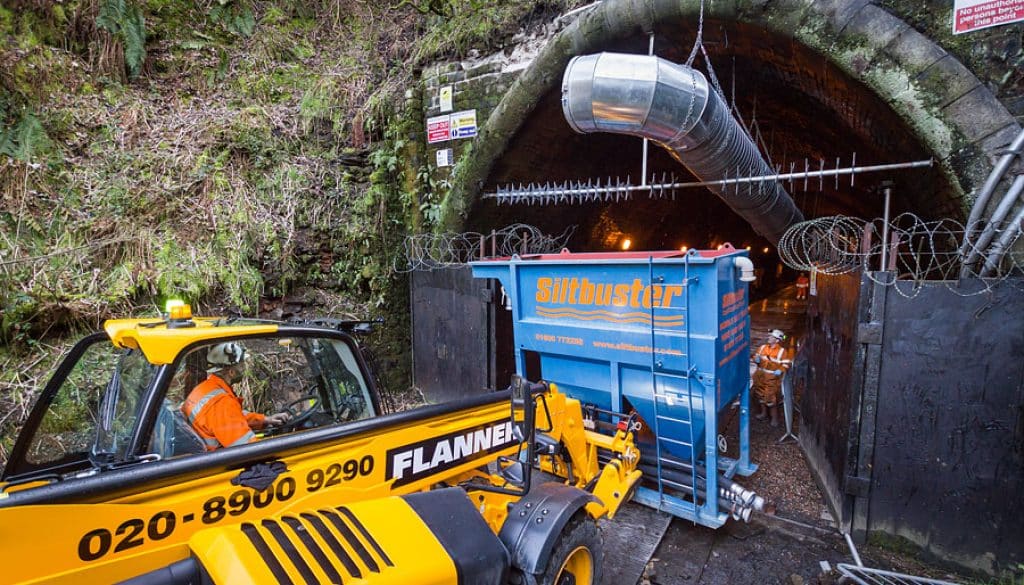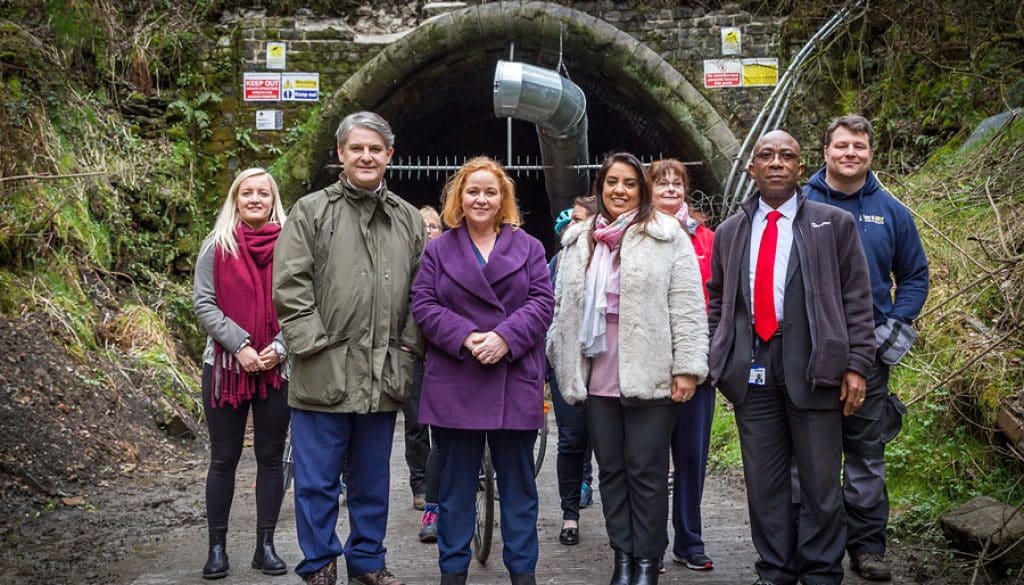Active Travel
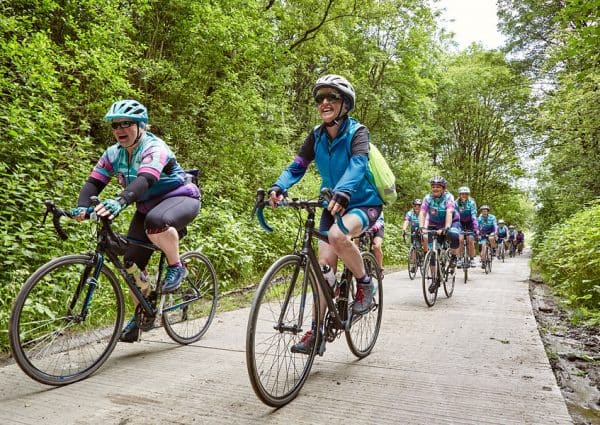
‘It is Solved by Walking’
‘Solvitur ambulando’ is a Latin phrase meaning ‘it is solved by walking’. If you have ever gone out for a walk ‘to clear your head’, you will understand where this comes from, but there are so many benefits to walking that the idea becomes more powerful the more you think about it.
Planners, decision-makers, and public policy have expanded ‘walking’ into ‘active travel’, which essentially means walking, cycling and anything else that requires human movement to make it happen, such as kite-surfing. Commuters have been known to ski occasionally in winter. The term ‘active travel’ is important, though, because it emphasises that walking and cycling are modes of transport, not just recreational activities.
The statistics tell the story clearly enough. In 2017, 61% of all journeys and 78% of distance travelled were by car. Walking accounted for 26% of journeys and 3% of distance, and cycling a mere 2% of journeys and 1% of distance. Just two hours moderate exercise per week can bring massive health benefits. Meanwhile, the UK continues to plough huge sums of money into building and expanding roads, even though this does not produce the economic benefits it claims, and it harms the environment in the process (see CPRE’s ‘End of the Road?’ report). The trouble is, policies and investments that treat roads as the solution produce more driving and more cars as the inevitable outcome. And that tends to make active travel a less attractive choice. Building housing and employment schemes that are dominated by roads and are mainly accessible by car can only make this problem worse.
Our work at CPRE is ever more influenced by two important challenges: responding to climate change, and addressing the huge inequalities people face in their access to a health-giving, beautiful environment. What’s more, we see no reason why people living in villages or in suburban neighbourhoods should be disadvantaged compared to city dwellers in having access to safe, active travel. If you have ever tried to walk from one village to the next along an A-road, you will know how hostile it feels and may swear never to do it again. That has to change. Making places more walkable solves so many problems – solvitur ambulando.
In West Yorkshire, there are a wealth of groups and organisations promoting active travel, so our job is to show what benefits that could bring for our countryside. Most places in West Yorkshire are close enough together that choosing to walk or cycle for more journeys is entirely possible. But we must stop it being an unpleasant or downright dangerous choice to make. Our greenways, canal paths, bridleways, and former railway lines are absolutely crucial to this, as are redesigning and re-allocating road space so that walkers and cyclists don’t feel excluded from them by thundering traffic, dirty, noisy air and difficult junctions.
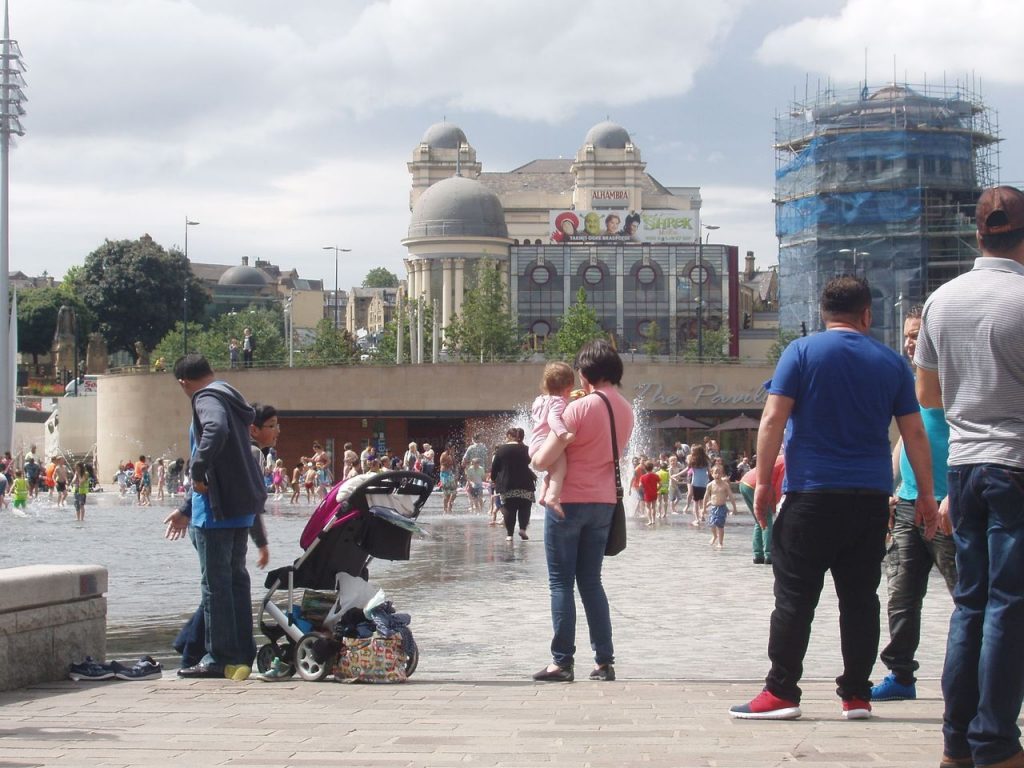
The West Yorkshire Combined Authority have big plans for a mass transit system for West Yorkshire that links communities through cycling, walking, bus and rail. It aims to make it easy, accessible and achievable for people to get around in a sustainable and active way.
They are consulting on their plans, for a 2040 mass transit vision. The outcome of these plans will shape how we travel and live for generations to come.
Find out more about WYCA Connectivity plans...


